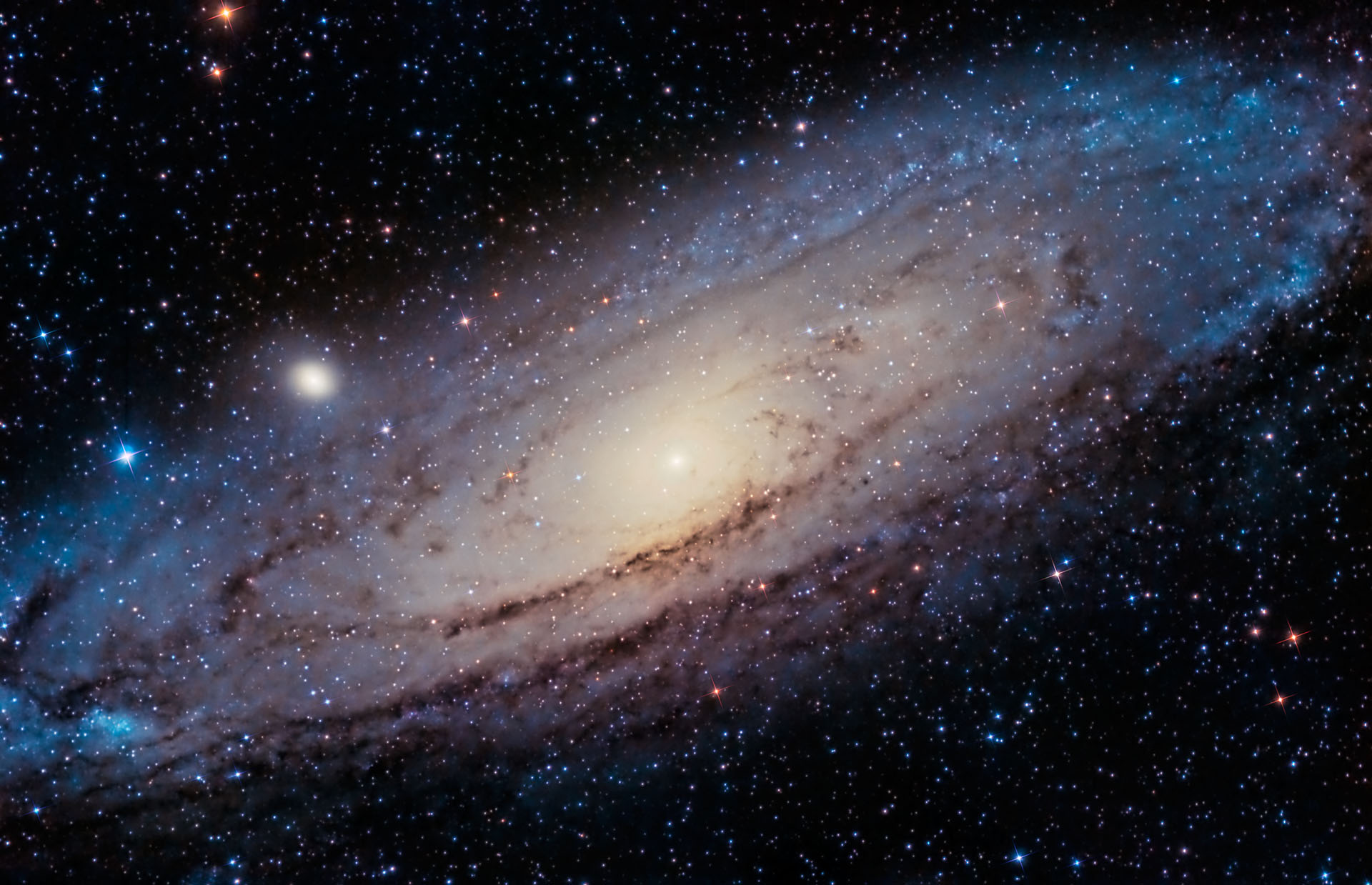Building on-board technology for the first extraterrestrial space station
The Lunar Gateway project is an international collaboration between several nations and entities - including NASA, CSA, ESA, and JAXA - and will establish a deep space outpost orbiting the Moon. Akkodis is helping in the development of three modules for the lunar orbital station: HLCS, a communications module between the lunar gateway and the surface of the Moon; I-HAB, a habitat module; and ERM, a refueling and propulsion module.
5 minutes
4th of October, 2023

Developing space-proof software
Since 2010, the Akkodis service center in Cannes has focused on the development and validation of on-board satellite software. More than 60 systems and software engineers work on single satellite and constellation programs, covering the entire satellite lifecycle for platforms and payload systems. Lunar Gateway is the latest flagship project, in which Akkodis is working on specific modules for the international outpost orbiting the Moon. As this will be Europe's first manned flight, the development and validation of new technologies require the application of protocols unprecedented in satellite programs. This is the case with the cFS protocol, supplied by NASA and used to develop the flight software.
Supporting astronauts on lunar landings
Gateway will be humanity's first space station in lunar orbit. It will support NASA's Deep Space Exploration plans and will include the Space Launch System (SLS) rocket, the Orion spacecraft and the Human Landing System (HLS), which will send astronauts to the Moon. Akkodis is working on three embedded software projects as part of the ESPRIT program (European System Providing Refueling, Infrastructure and Telecommunications): HLCS, a communications module between the lunar gateway and the surface of the Moon; I-HAB, a habitat module; and ERM, a refueling and propulsion module.
The Esprit communication system consists of two antennas that can be rotated independently. In the near future, Esprit is expected to perform several tasks at once: tracking rovers on the lunar surface, while communicating with an Orion spacecraft approaching docking with the lunar station. It will also support astronauts during landing on the Moon, potentially relaying live video to the navigation and communication system.
An international collaboration with colossal stakes
While this project spells excitement to aerospace engineers and amateurs alike, it’s not for the faint of heart. Much like the infamous "human centrifuge" used to evaluate the suitability of candidates for space flights, work on Gateway can be demanding and intense. With astronauts on board the lunar station, the highest standards of validation must be met. For example, any anomaly in the communication module between the gateway and the lunar surface during landing could threaten both the astronauts' mission - and their lives.
Lunar Gateway is the fruit of an international collaboration between several nations, administrations and manufacturers: the renowned NASA, its European counterpart ESA, Japan's JAXA and the Canadian Space Agency (CSA), alongside many of their commercial partners. The teams have demonstrated flexibility when dealing with such a multitude of prestigious stakeholders.
There are financial implications, too. The team intervenes at a very early stage in the development process. Further validation takes place later, so that a module can be approved for manned flight. This upstream engineering process reduces investigation and rework costs further down the chain, especially in the so-called "clean rooms" where expensive equipment is assembled.
The rewards are stratospheric
Despite all its technical and administrative complexity, it’s small wonder that the Lunar Gateway project motivates and enthuses the Akkodis teams. Being part of putting the first astronauts on the moon in over a century, alongside all of the technological advancements that come with deploying the first extraterrestrial space station has to be a galvanizing force.
Guillaume Amer, Delivery Manager on this project, explains: "My team is essentially made up of enthusiasts, but a project of this scale, on a scientific subject, with a manned flight and a lunar background, was bound to get our teams excited. And it’s also a real showcase for attracting new talent.”
Inspired by projects like this? We have positions that will allow you to enhance your skills, work on innovative projects and make a real impact. To find out more about our first-class opportunities for career development, explore our careers page.